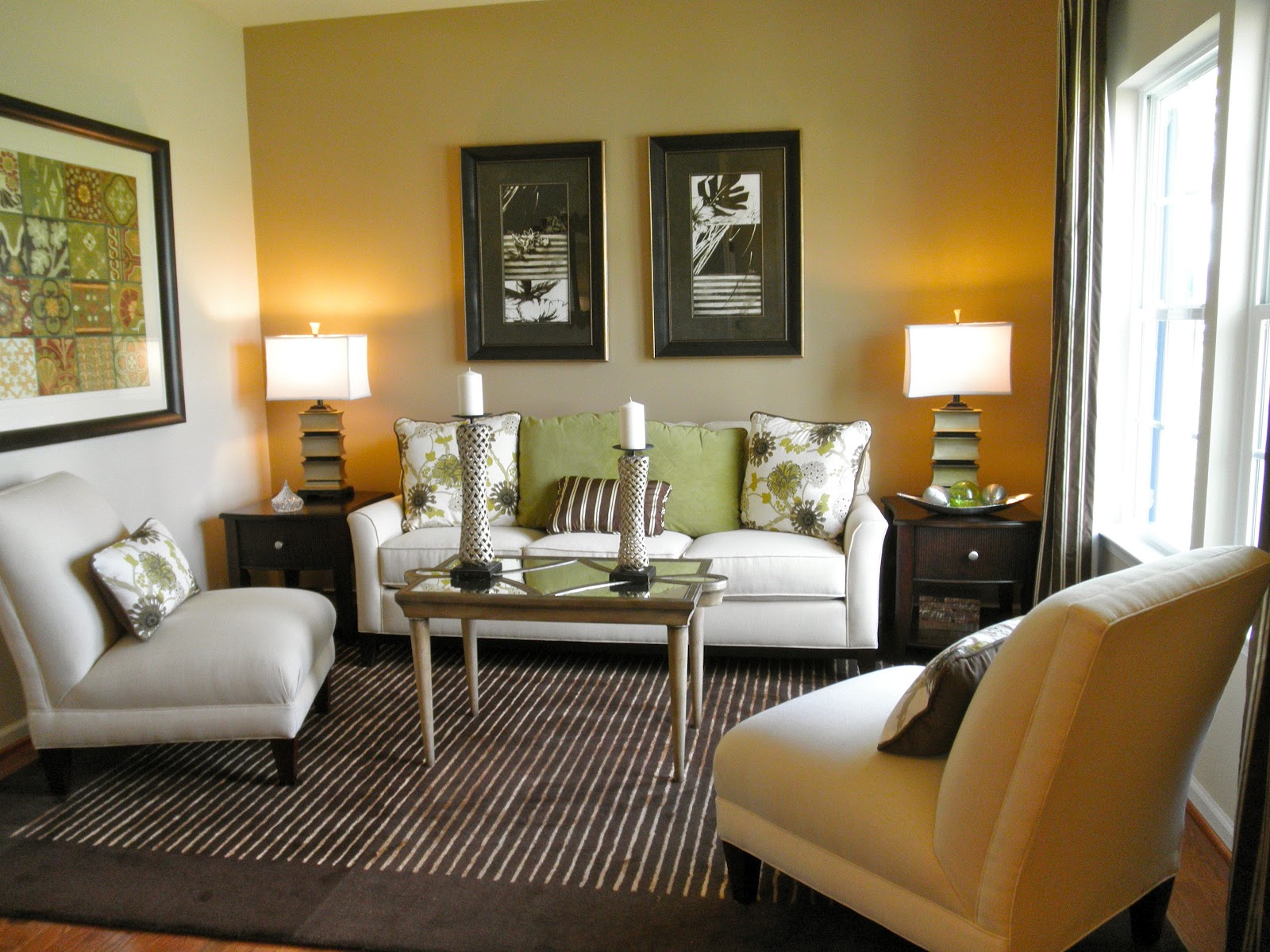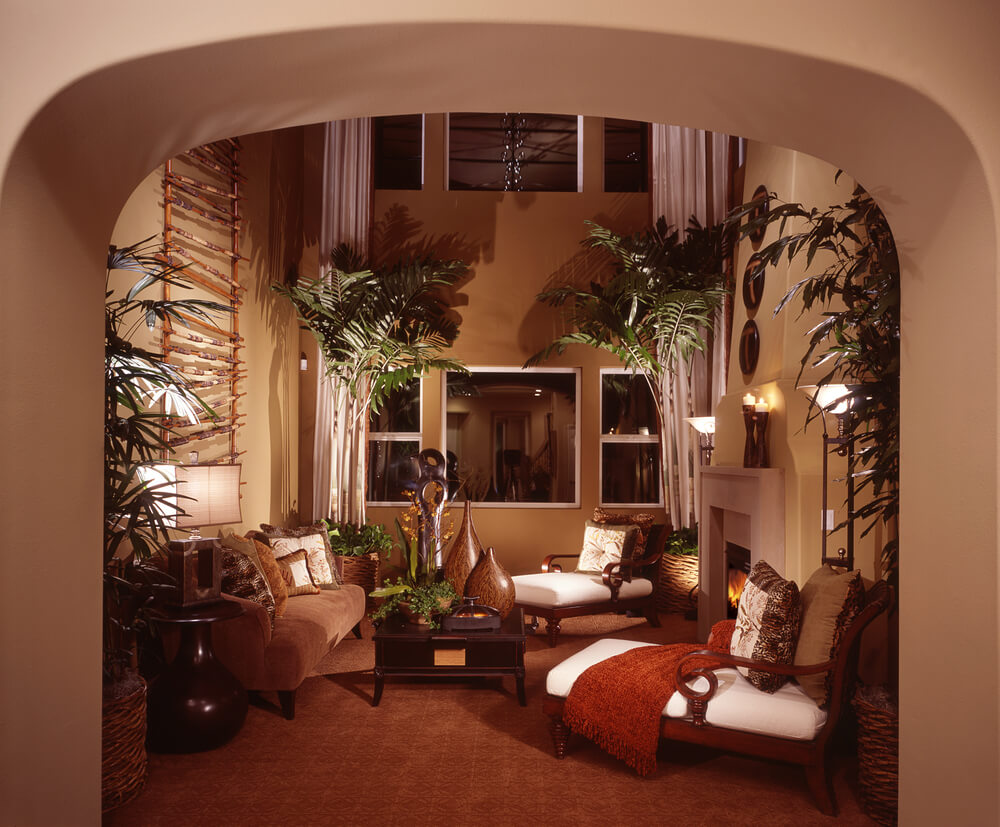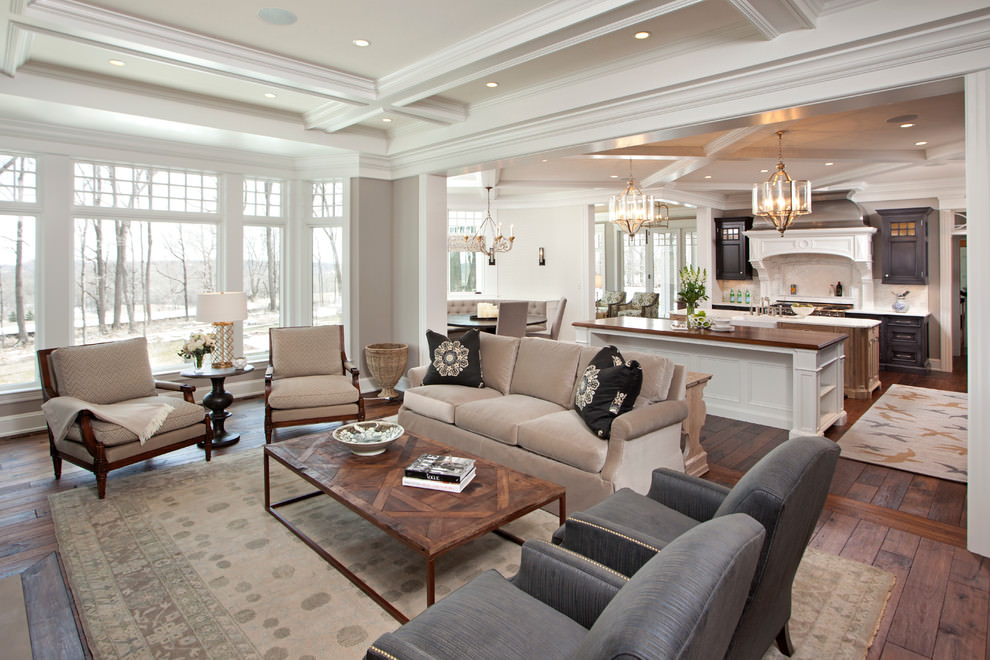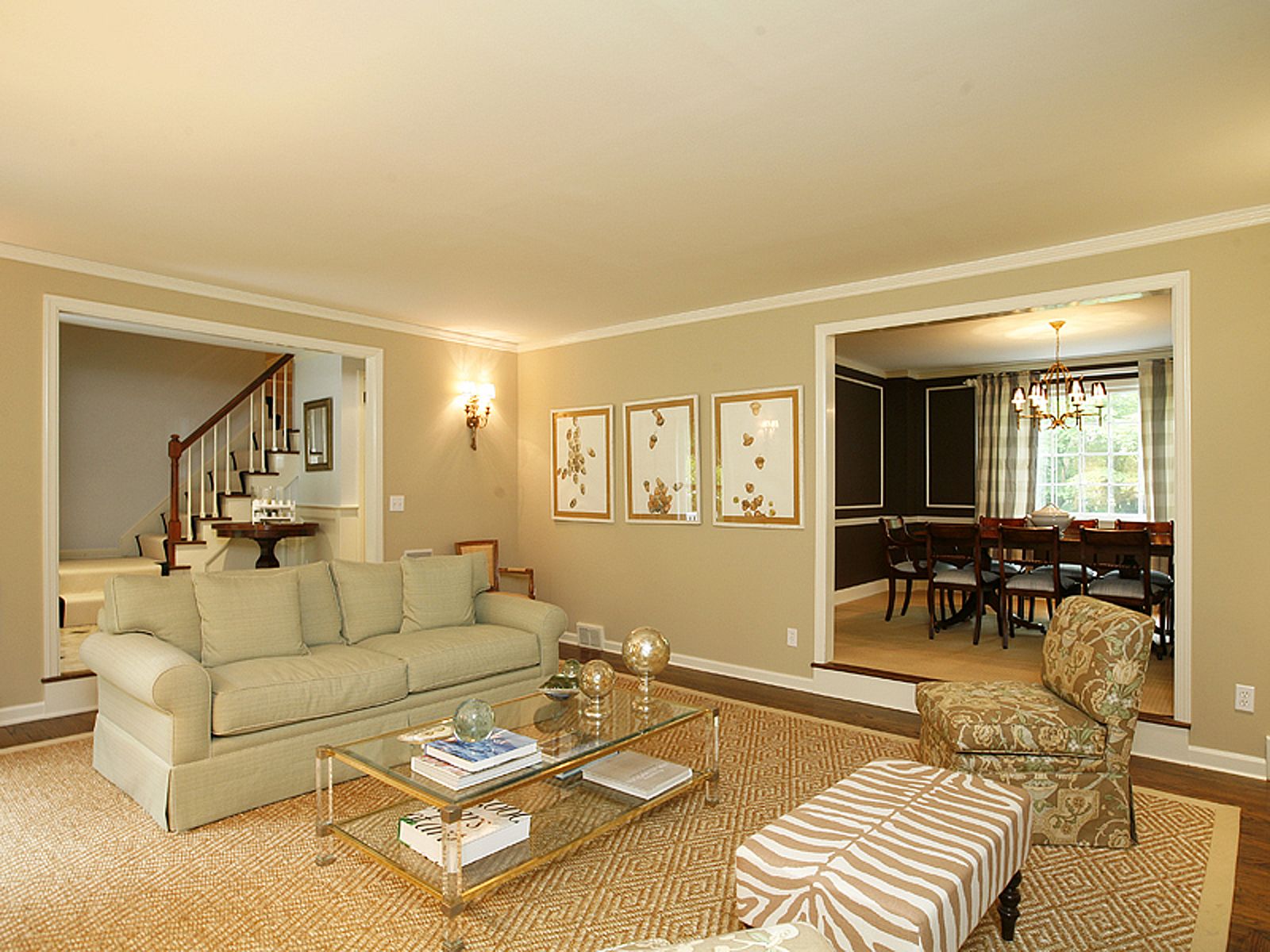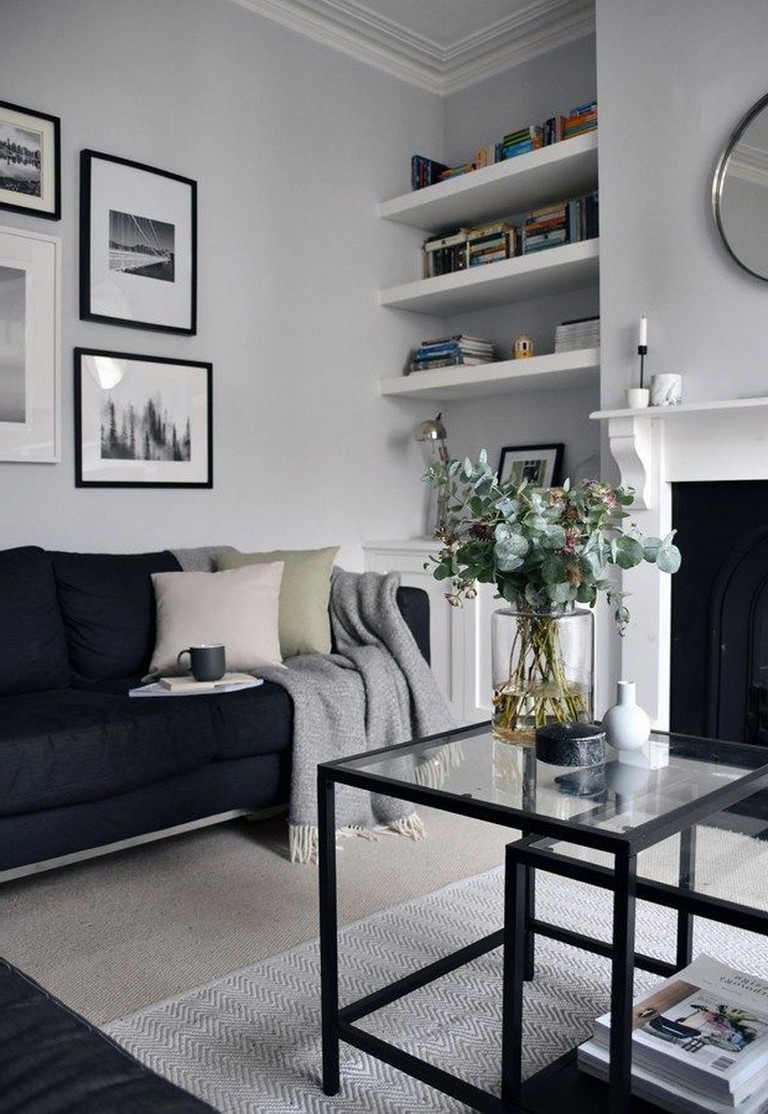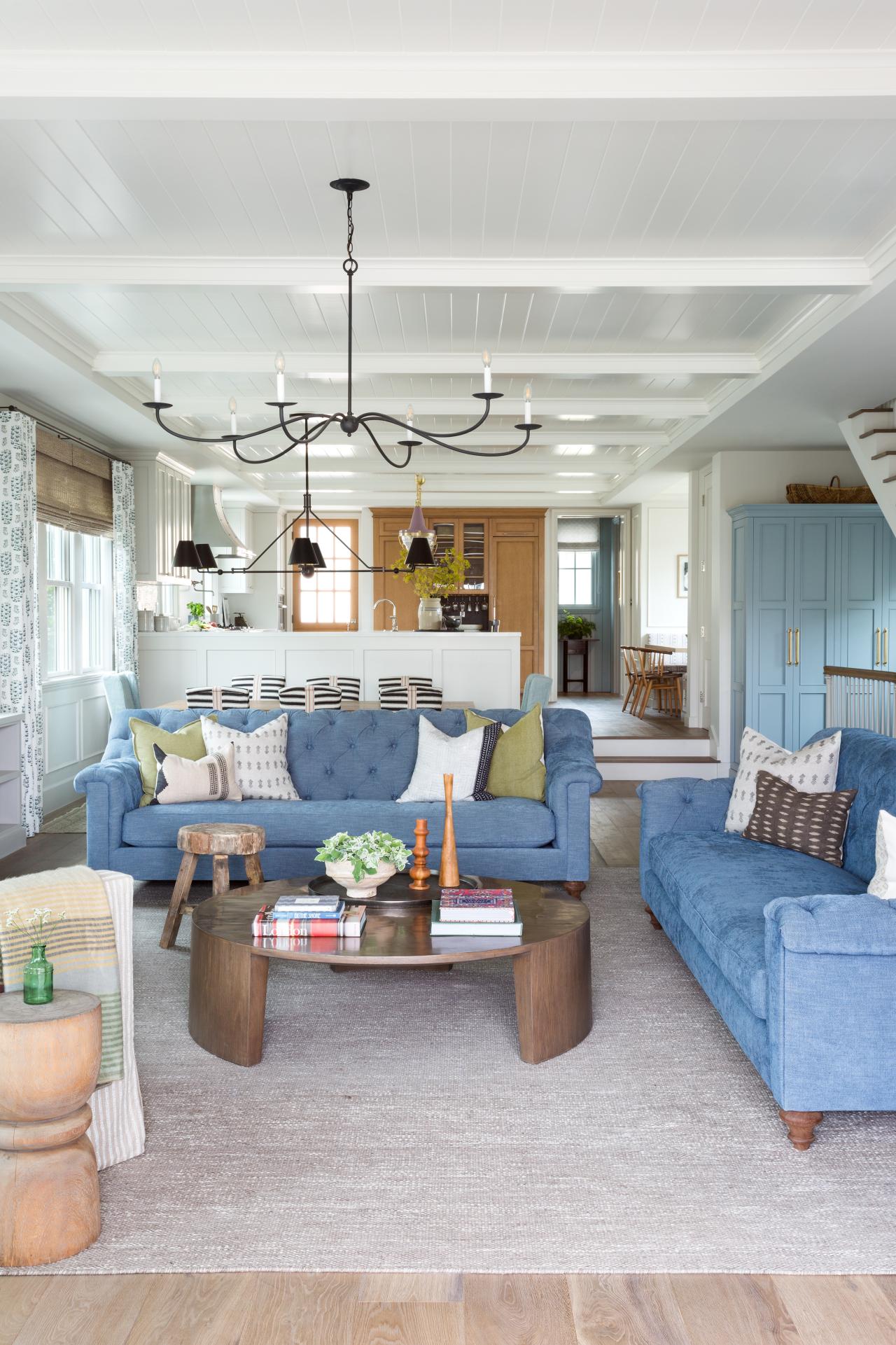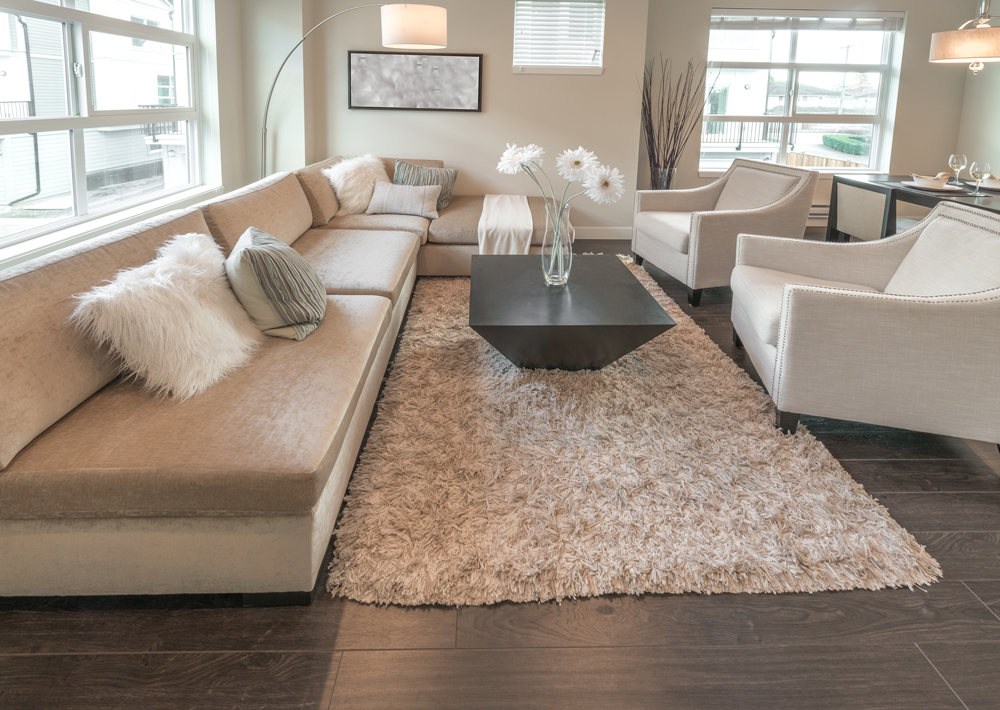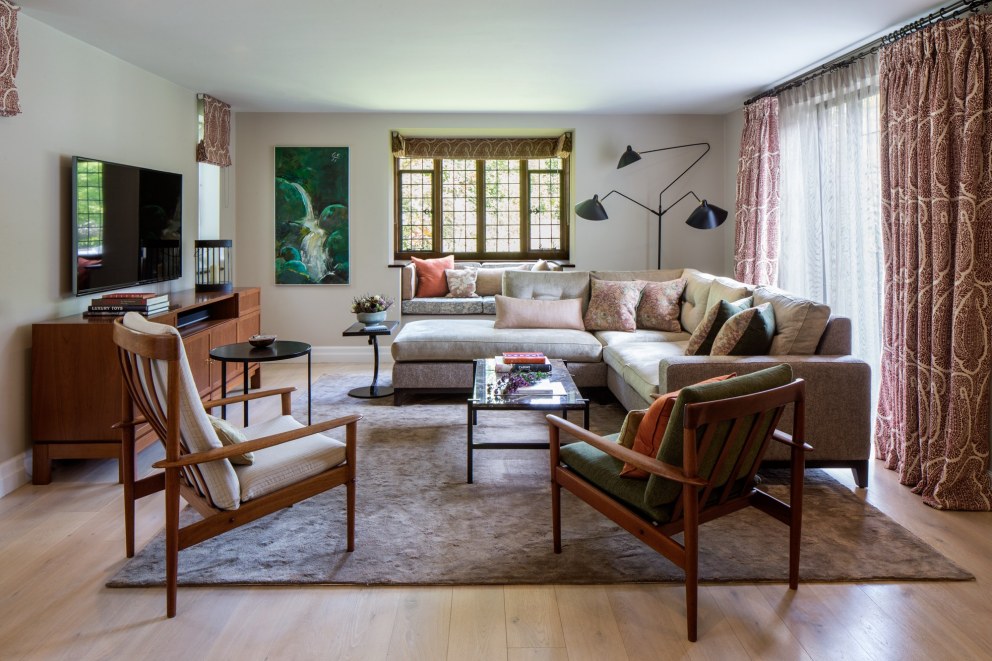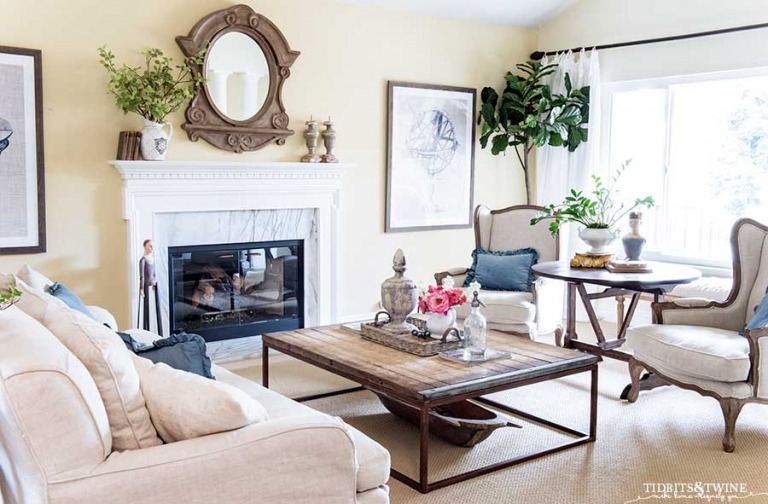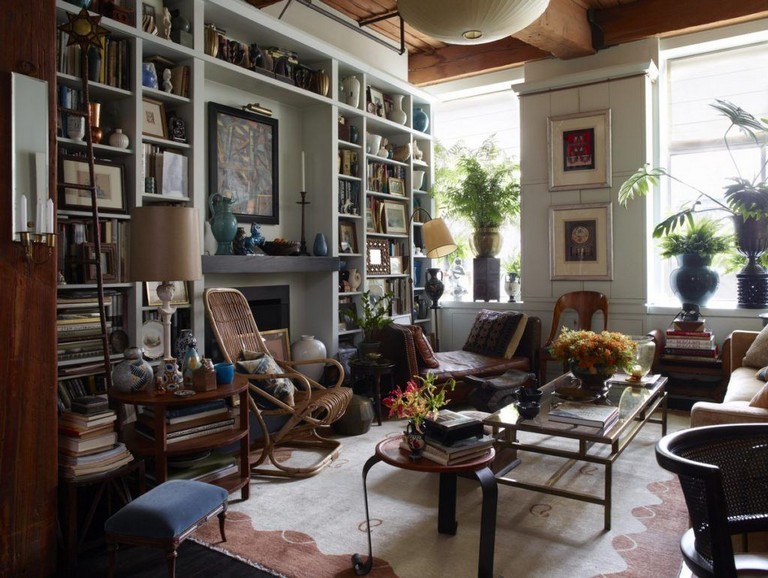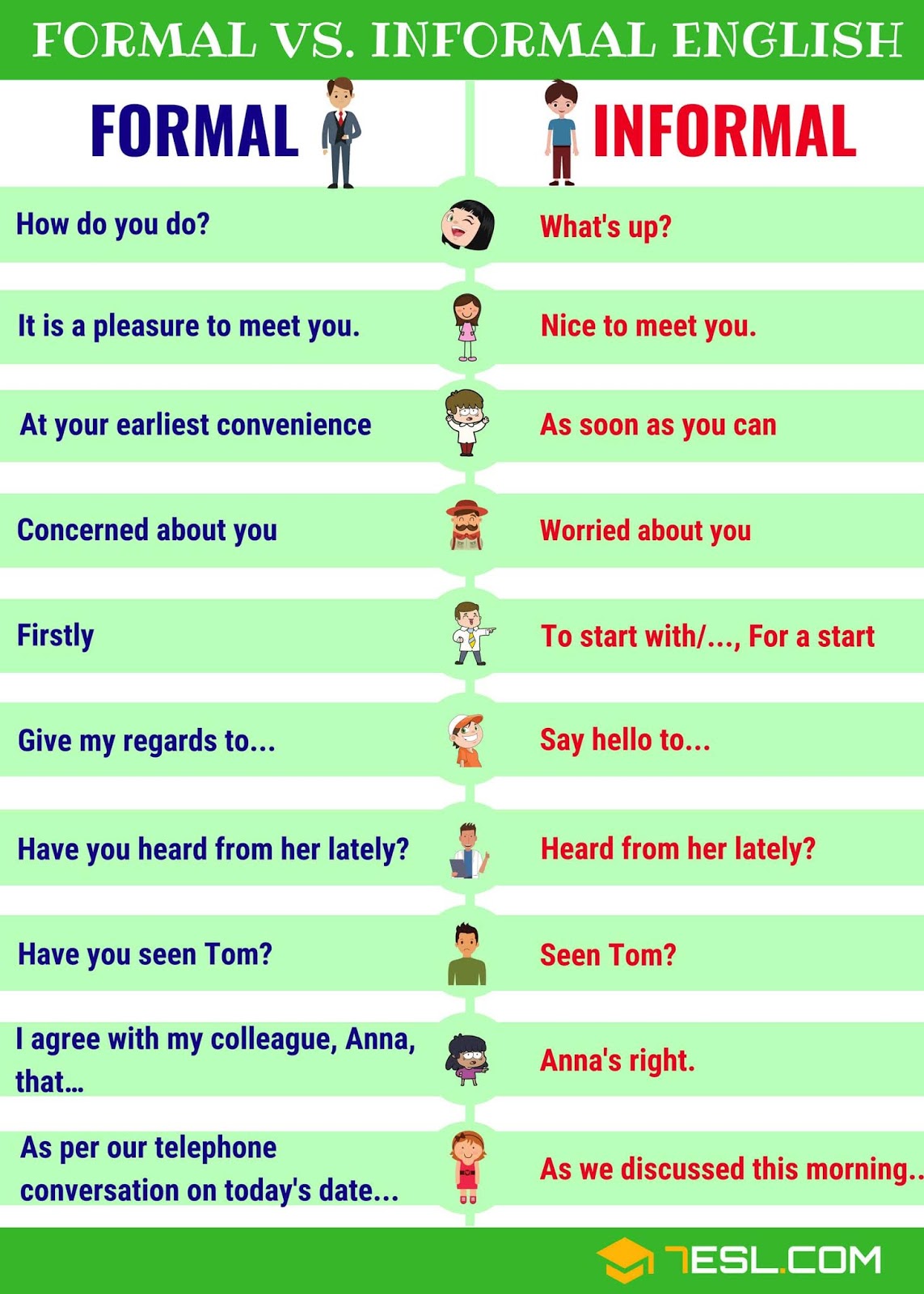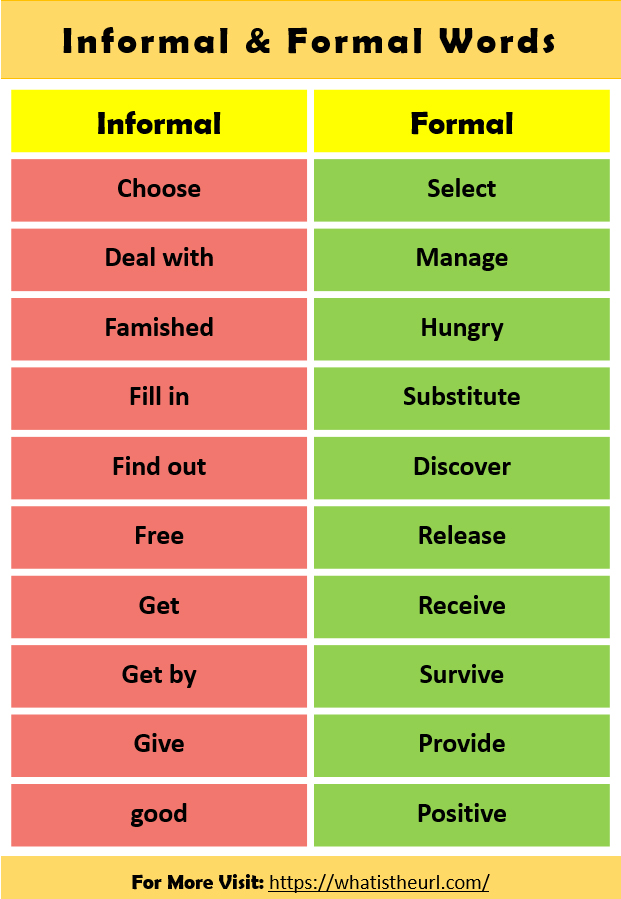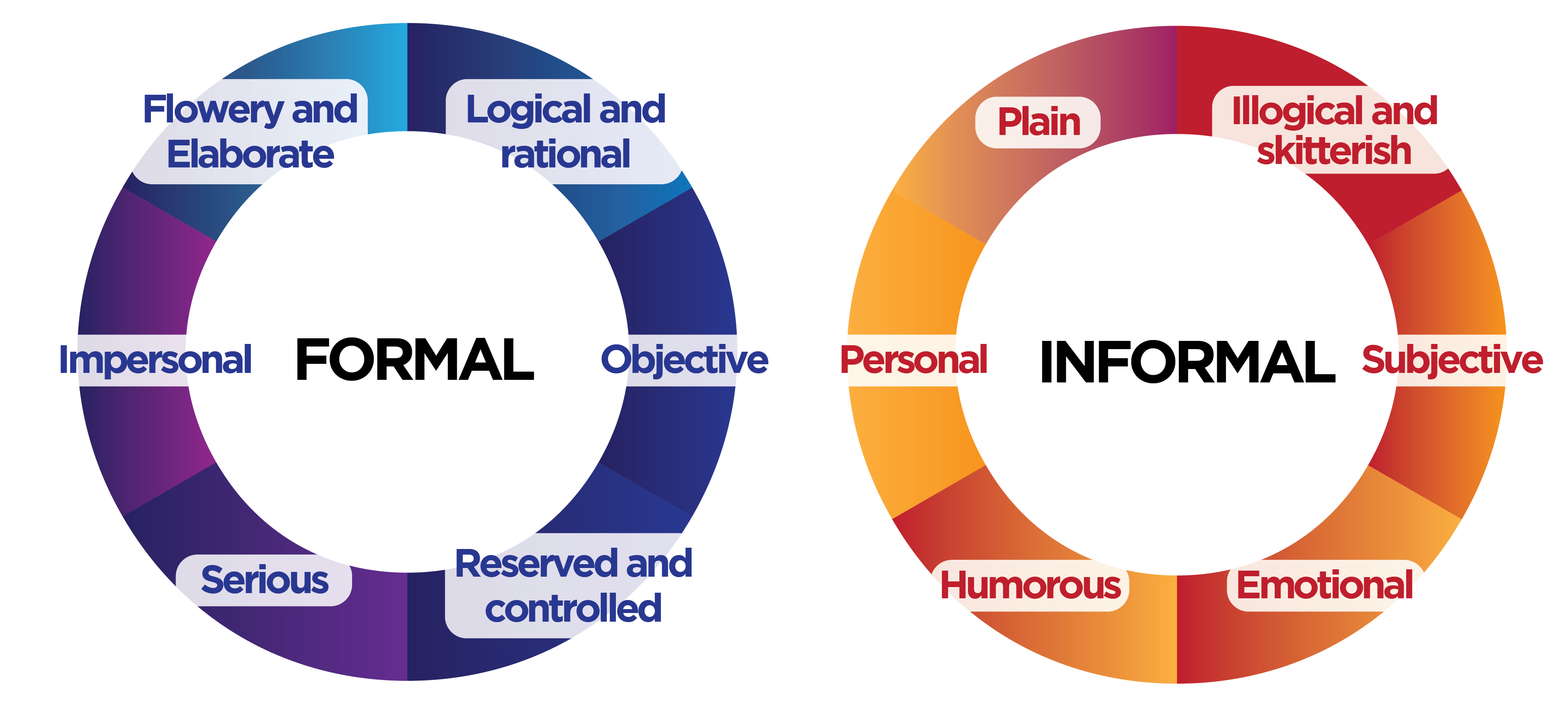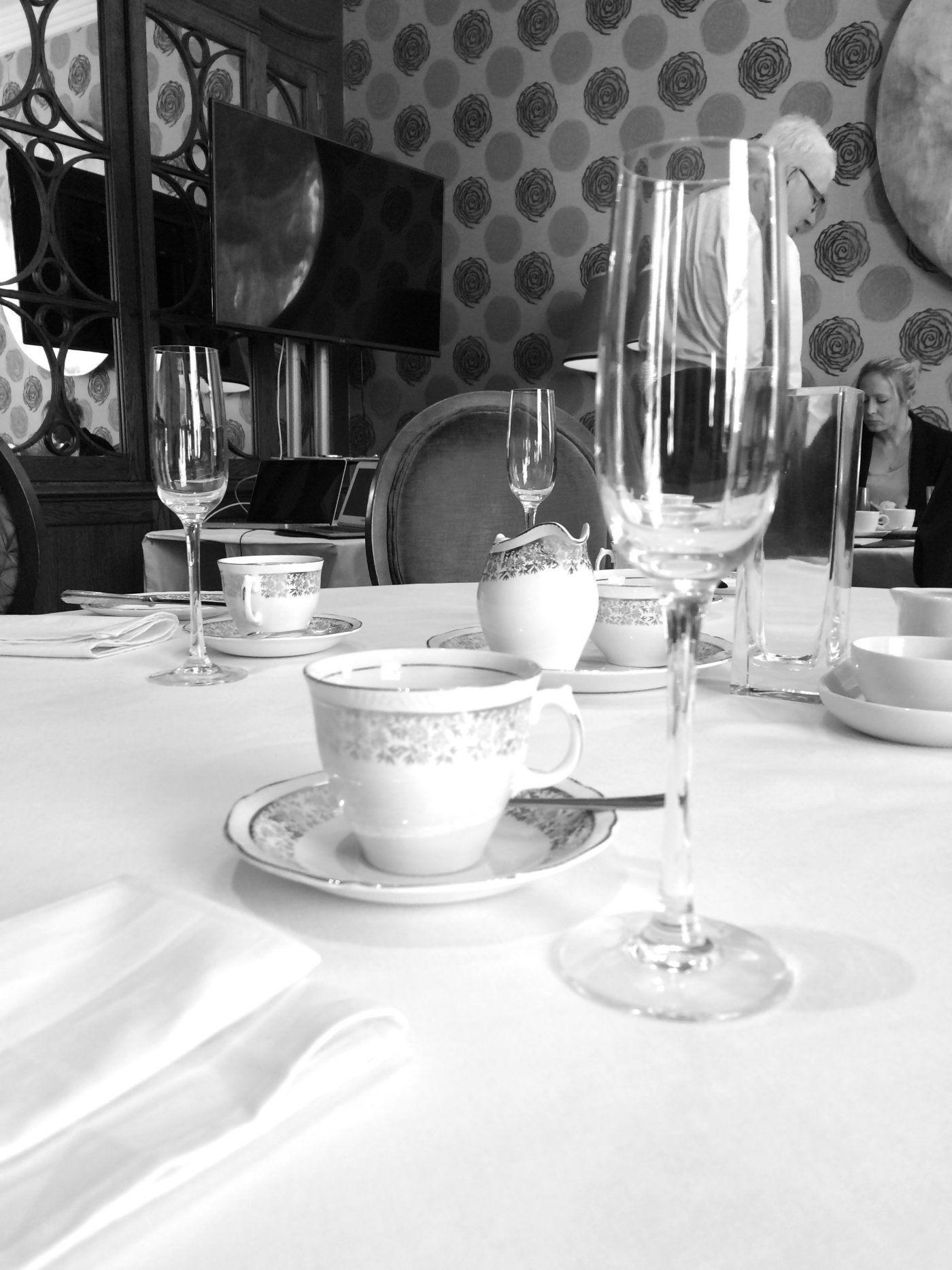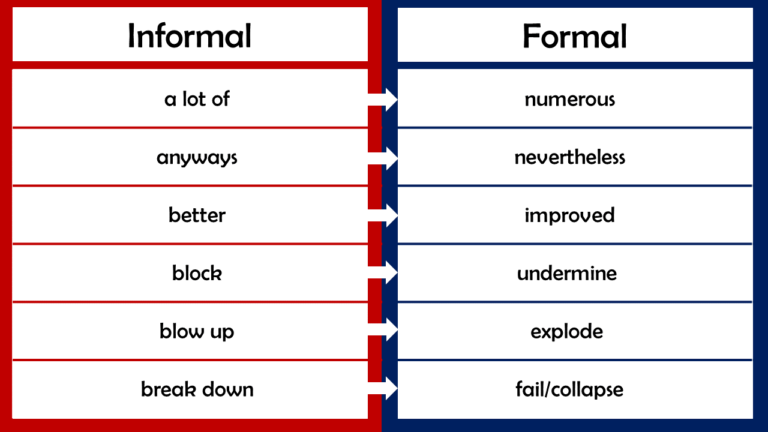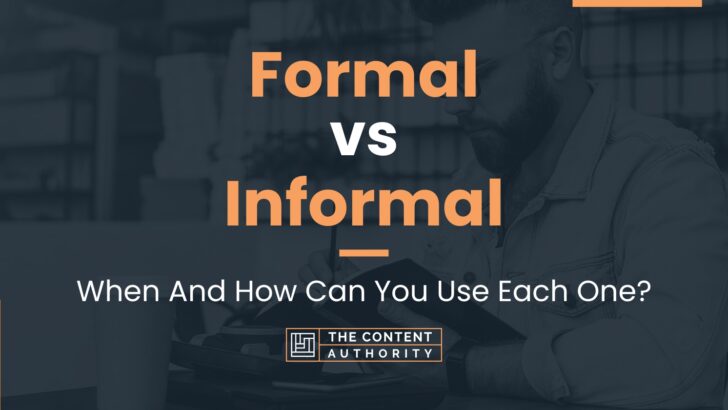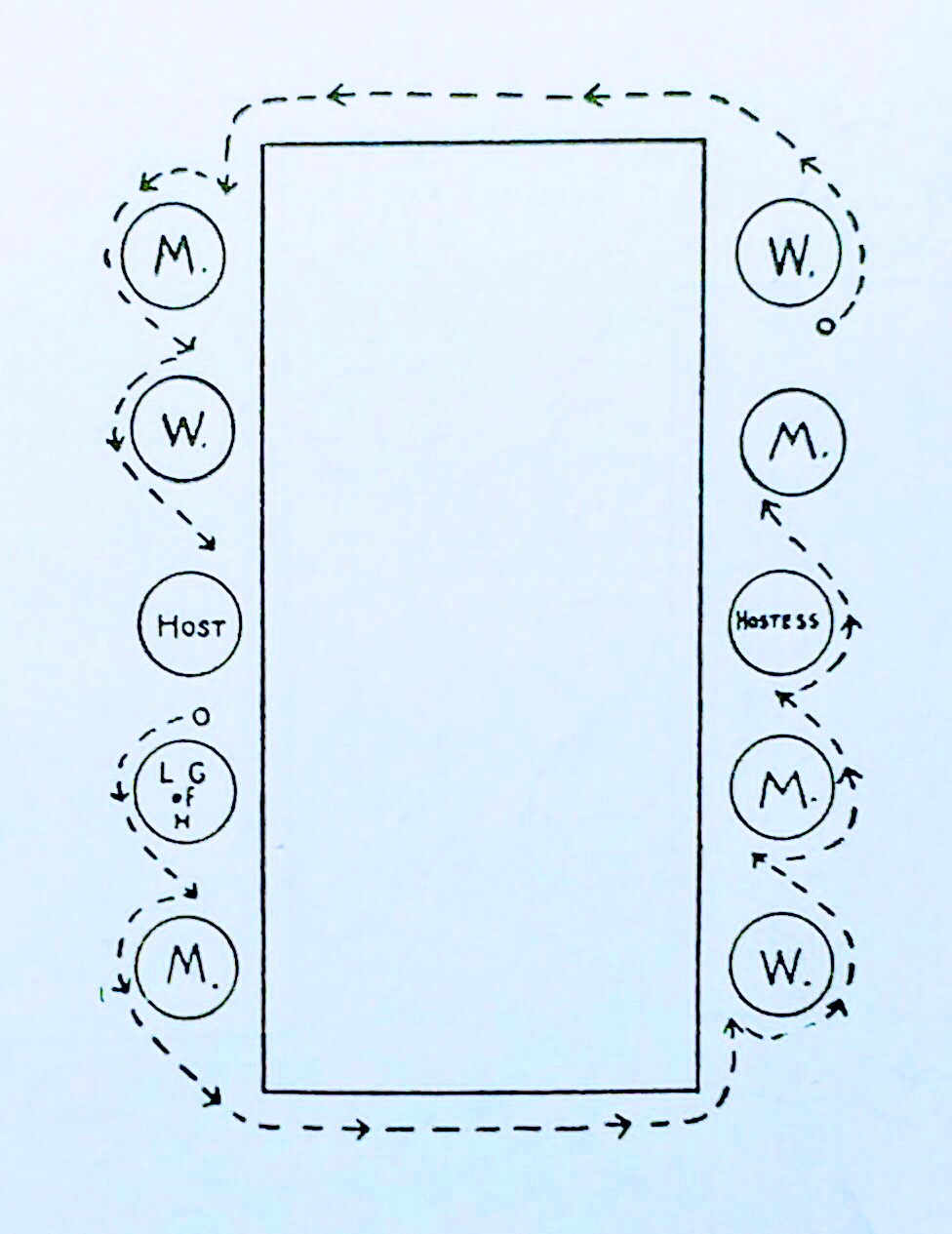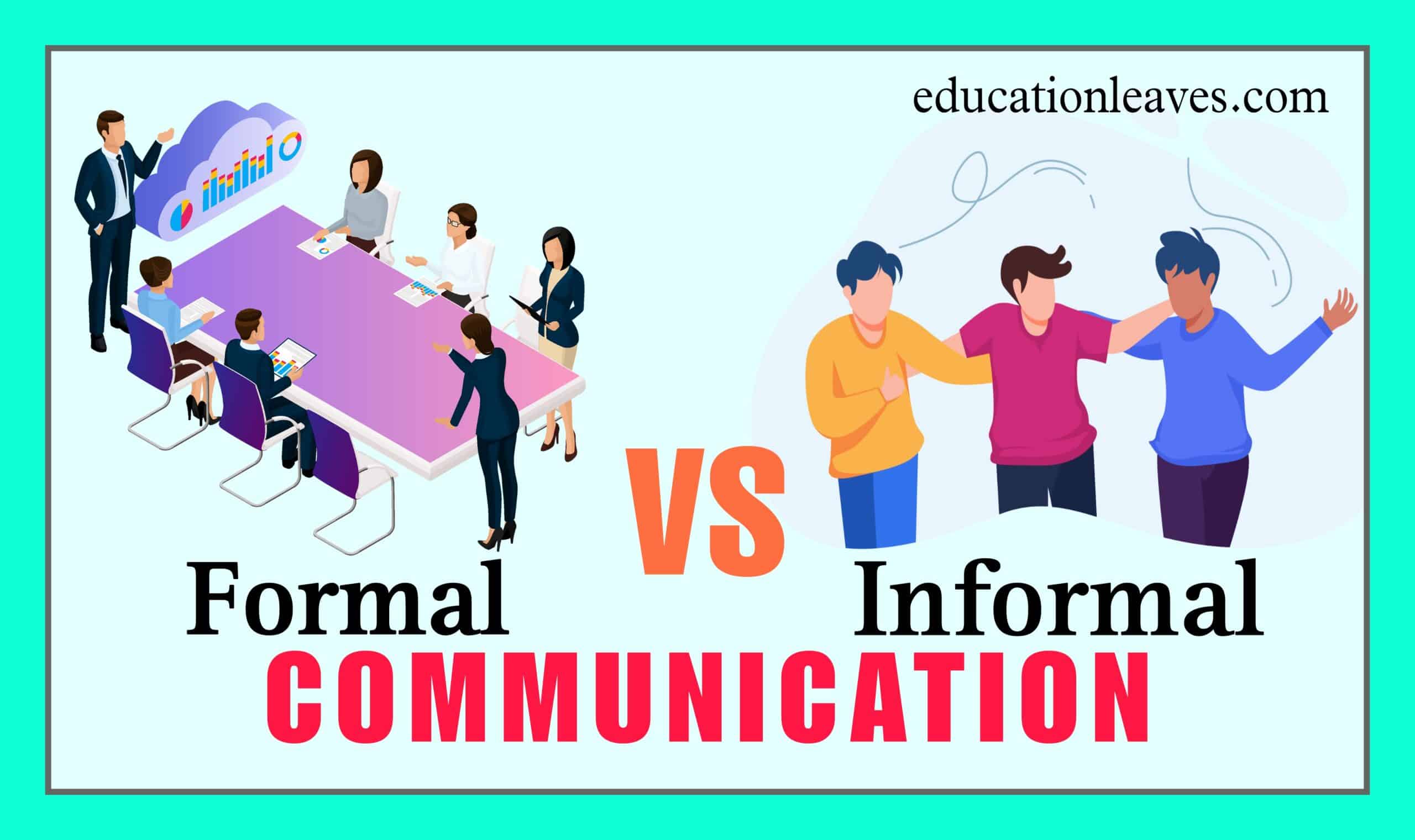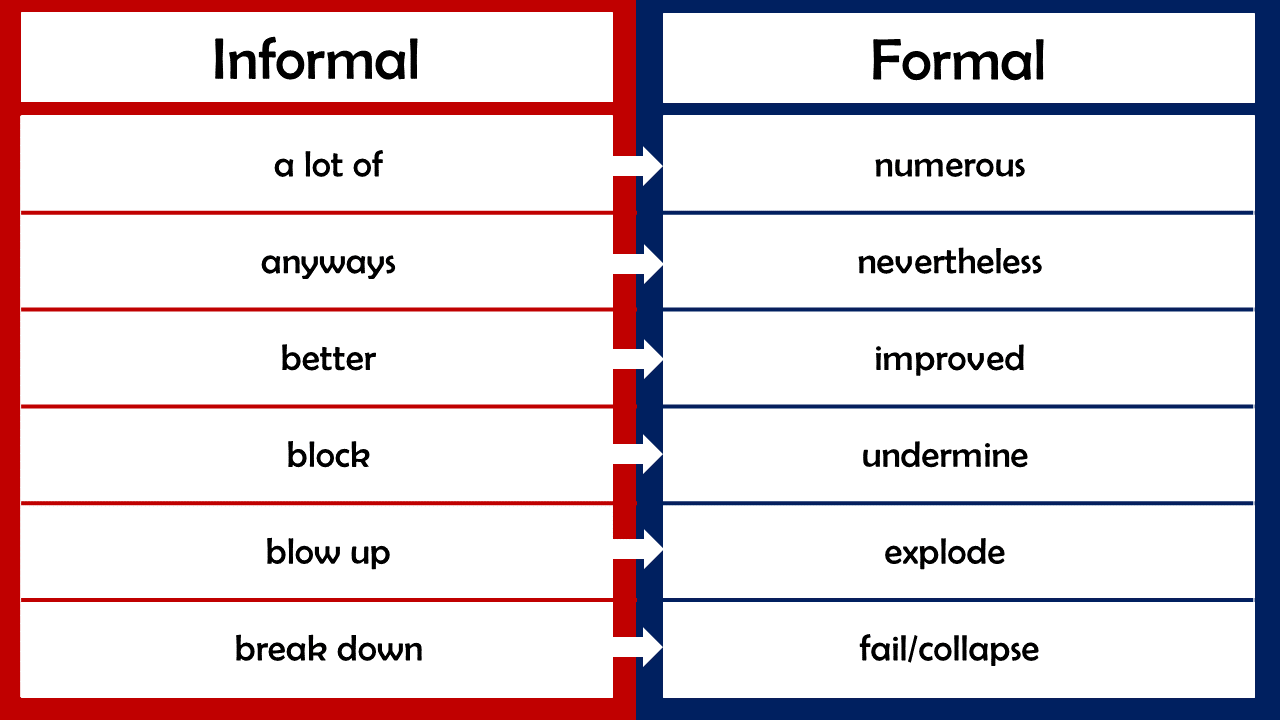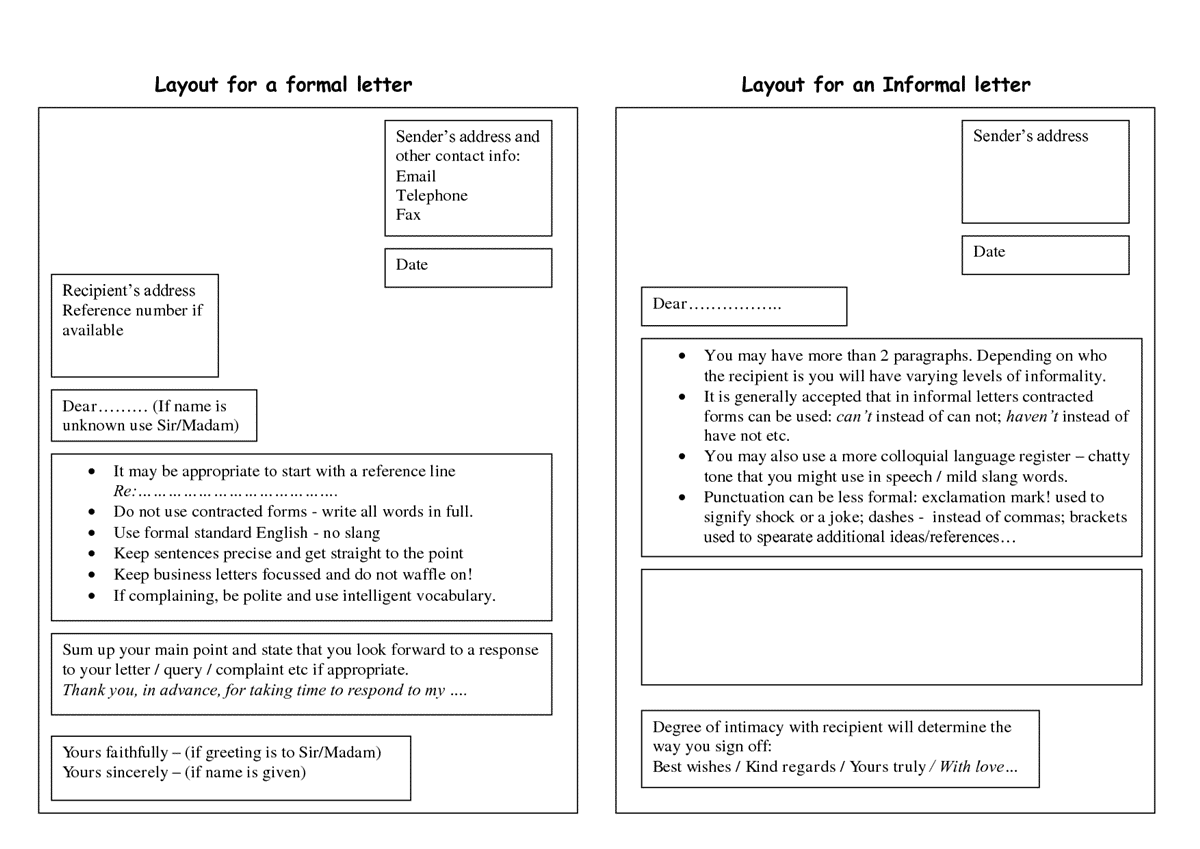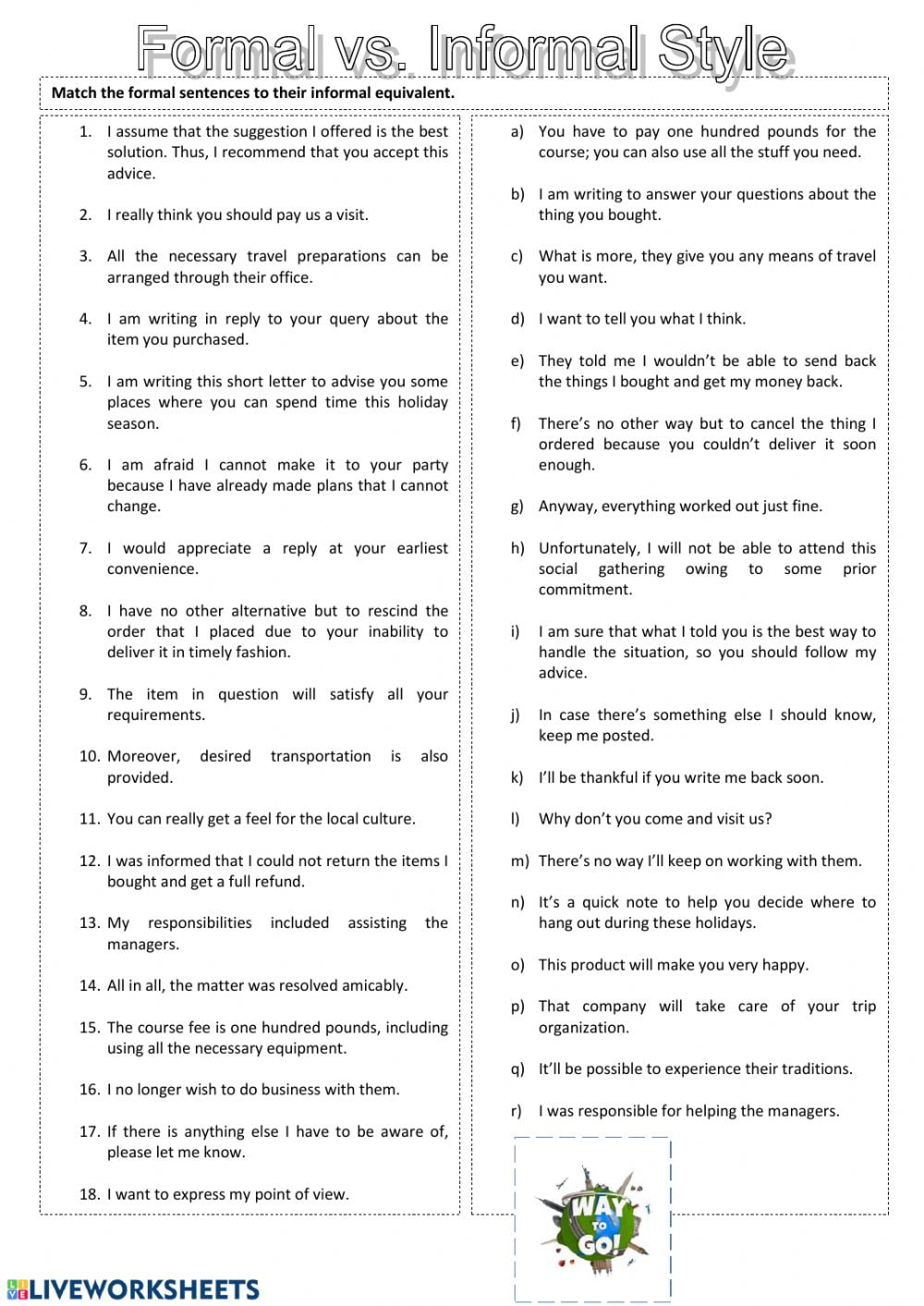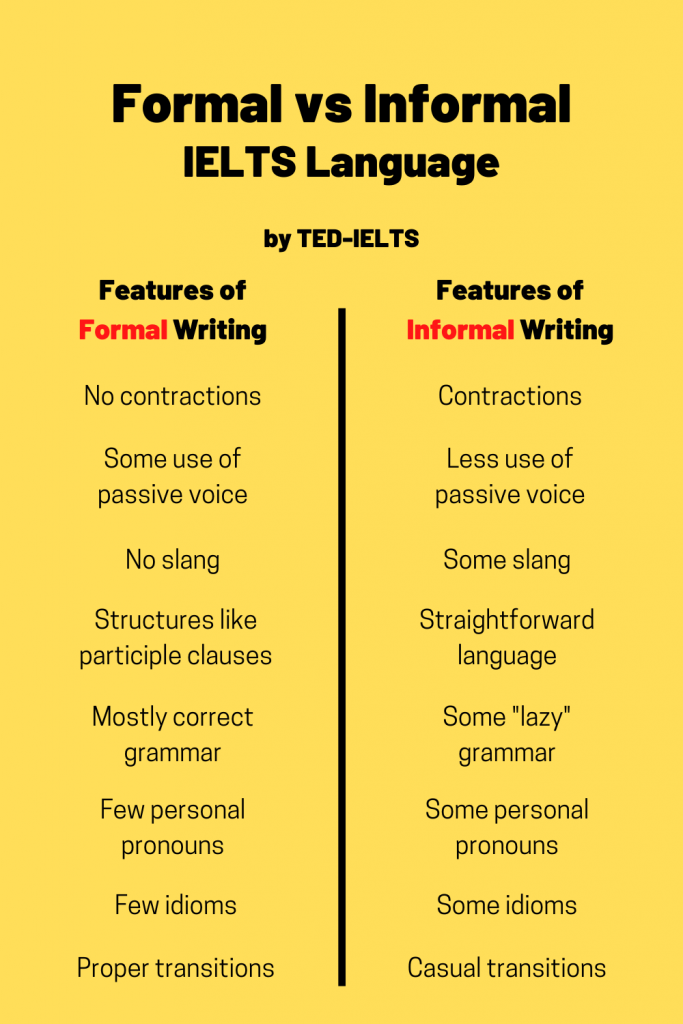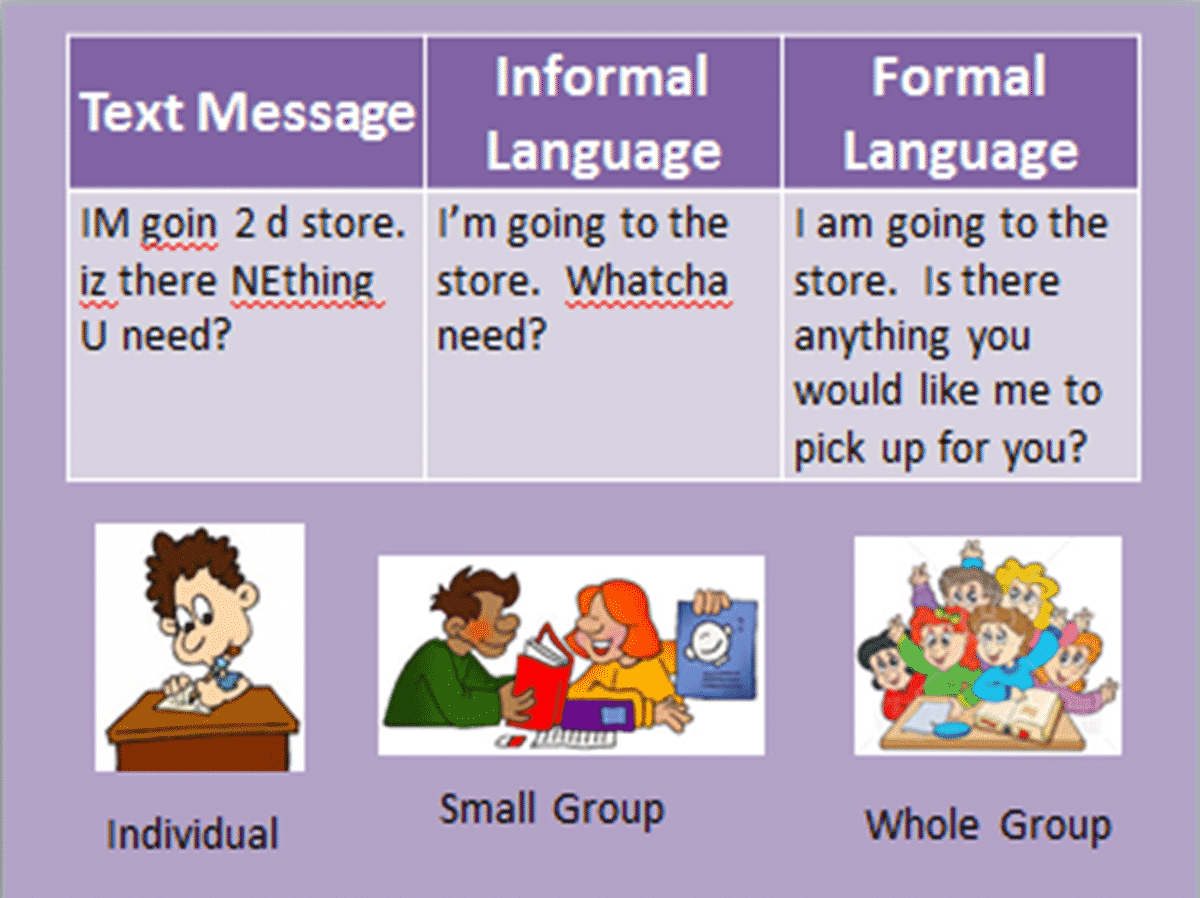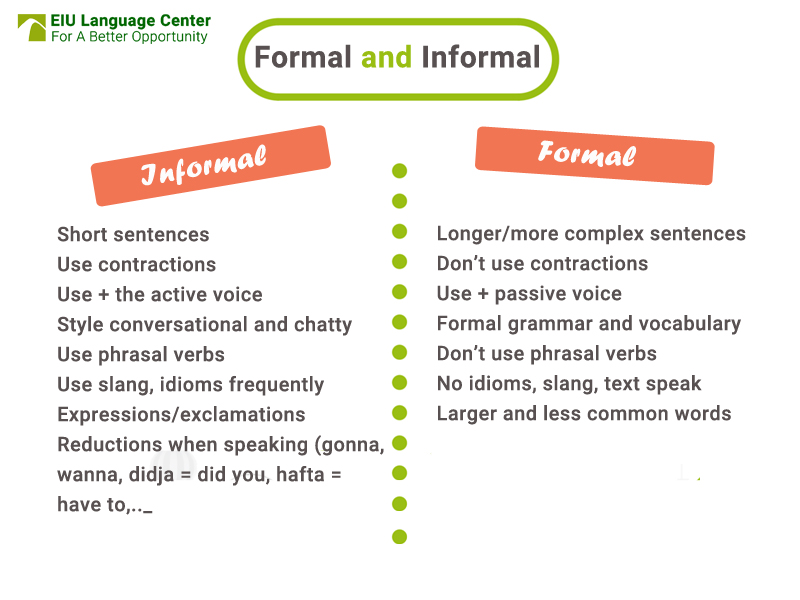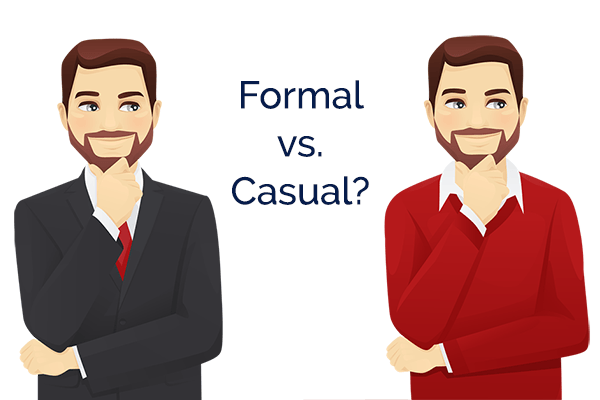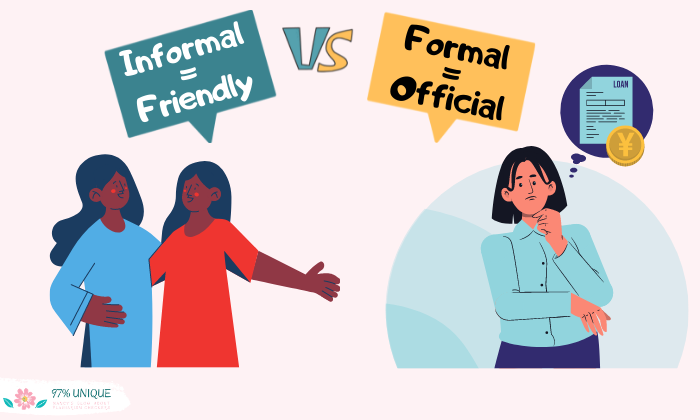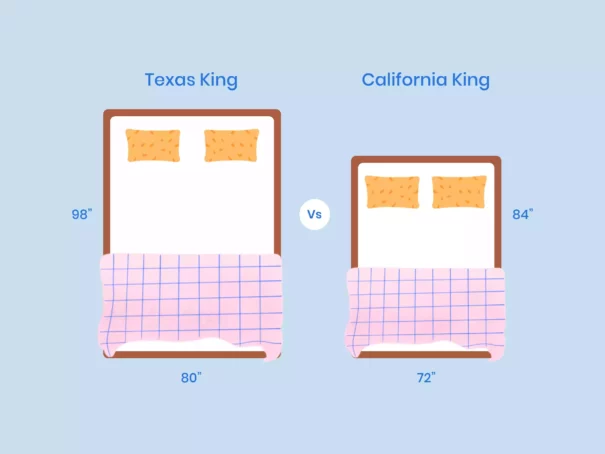A formal living room is designed to impress. It is an elegant and sophisticated space that is meant for special occasions and entertaining guests. This room is often located near the front of the house and is a reflection of the homeowner's style and taste. With its grandeur and attention to detail, a formal living room is sure to make a lasting impression.1. Formal living room: Elevate your space
In contrast to a formal living room, an informal living room is a more laid-back and casual space. It is a place where the family can gather, relax, and spend quality time together. This room is often located near the back of the house and is designed for everyday use. The focus is on creating a cozy and welcoming atmosphere, rather than impressing guests.2. Informal living room: A comfortable and relaxed space
The decor in a formal living room is usually classic and timeless. It often includes luxurious fabrics, elegant furniture, and intricate details. The color palette is often neutral, with pops of bold colors used sparingly. On the other hand, an informal living room allows for more creativity and personalization. The decor can be eclectic, with a mix of different styles, patterns, and colors. This gives the room a more relaxed and lived-in feel.3. Formal vs informal decor: Classic vs eclectic
Formal living rooms are designed with a sense of sophistication and elegance in mind. The furniture is often more formal and can include pieces such as velvet sofas, wingback chairs, and ornate coffee tables. In contrast, informal living rooms prioritize comfort and functionality. The furniture is more casual and comfortable, with options such as oversized sofas, cozy armchairs, and plush rugs.4. Formal vs informal furniture: Sophistication vs comfort
The design of a formal living room is often symmetrical, with everything carefully placed and balanced. This creates a sense of order and elegance. In an informal living room, the design can be more relaxed and asymmetrical. The furniture and decor are arranged in a way that feels comfortable and inviting, rather than following a strict layout.5. Formal vs informal design: Symmetry vs asymmetry
In a formal living room, the seating is often more structured and arranged in a specific way. This is to create a sense of formality and to encourage conversation. In an informal living room, the seating is more flexible and can be moved around to suit different activities and gatherings. This allows for a more casual and relaxed atmosphere.6. Formal vs informal seating: Structured vs flexible
A formal living room typically has a more defined layout, with specific areas for different activities, such as seating, dining, and entertaining. This creates a sense of structure and formality. In an informal living room, the layout is often more open, with a seamless flow between different areas. This allows for a more relaxed and casual atmosphere.7. Formal vs informal layout: Open vs defined
The style of a formal living room is often traditional, with a focus on classic and timeless elements. This creates a sense of elegance and sophistication. In contrast, an informal living room can have a more modern and eclectic style, with a mix of different elements and styles. This allows for more personalization and creativity.8. Formal vs informal style: Traditional vs modern
The ambiance of a formal living room is often grand and impressive. It is meant to make a statement and leave a lasting impression. In an informal living room, the ambiance is more cozy and inviting. It is a place where people can relax and feel at home.9. Formal vs informal ambiance: Grand vs cozy
A formal living room is often seen as a showcase space, meant for special occasions and entertaining guests. It is not usually used for everyday activities. In contrast, an informal living room is a space for living and enjoying daily life. It is a place where the family can gather and spend time together, making it a more functional and practical space.10. Formal vs informal space: Showcase vs living
The Benefits of Having a Formal and Informal Living Room in Your House

Creating a Balance Between Function and Style
:strip_icc()/DesignbyEmilyHendersonDesignPhotographerbyRyanLiebe_21-01b55e98eaa246a1b10472ef3f30c2f7.jpg) When designing a house, one of the main considerations is often how to create a balance between function and style. A living room is an essential part of any home, and it serves as a space for relaxation, entertainment, and socializing. However, the question arises: should it be a formal or informal living room? While both have their unique charm, the decision ultimately depends on your lifestyle and personal preferences.
Formal living rooms
are typically associated with elegance and sophistication. They are often situated at the front of the house and are designed to impress guests. These rooms usually have a more structured layout, with a focus on symmetry and formal furniture such as sofas, armchairs, and coffee tables. The decor tends to be more formal as well, with intricate details, luxurious fabrics, and statement pieces.
On the other hand,
informal living rooms
are more relaxed and casual. They are often located at the back of the house, with easy access to the kitchen and outdoor areas. The layout is usually more open, with a mix of comfortable seating options, such as sofas, loveseats, and bean bags. The decor is more laid-back, with an emphasis on comfort and functionality rather than formality.
When designing a house, one of the main considerations is often how to create a balance between function and style. A living room is an essential part of any home, and it serves as a space for relaxation, entertainment, and socializing. However, the question arises: should it be a formal or informal living room? While both have their unique charm, the decision ultimately depends on your lifestyle and personal preferences.
Formal living rooms
are typically associated with elegance and sophistication. They are often situated at the front of the house and are designed to impress guests. These rooms usually have a more structured layout, with a focus on symmetry and formal furniture such as sofas, armchairs, and coffee tables. The decor tends to be more formal as well, with intricate details, luxurious fabrics, and statement pieces.
On the other hand,
informal living rooms
are more relaxed and casual. They are often located at the back of the house, with easy access to the kitchen and outdoor areas. The layout is usually more open, with a mix of comfortable seating options, such as sofas, loveseats, and bean bags. The decor is more laid-back, with an emphasis on comfort and functionality rather than formality.
Meeting Different Needs and Activities
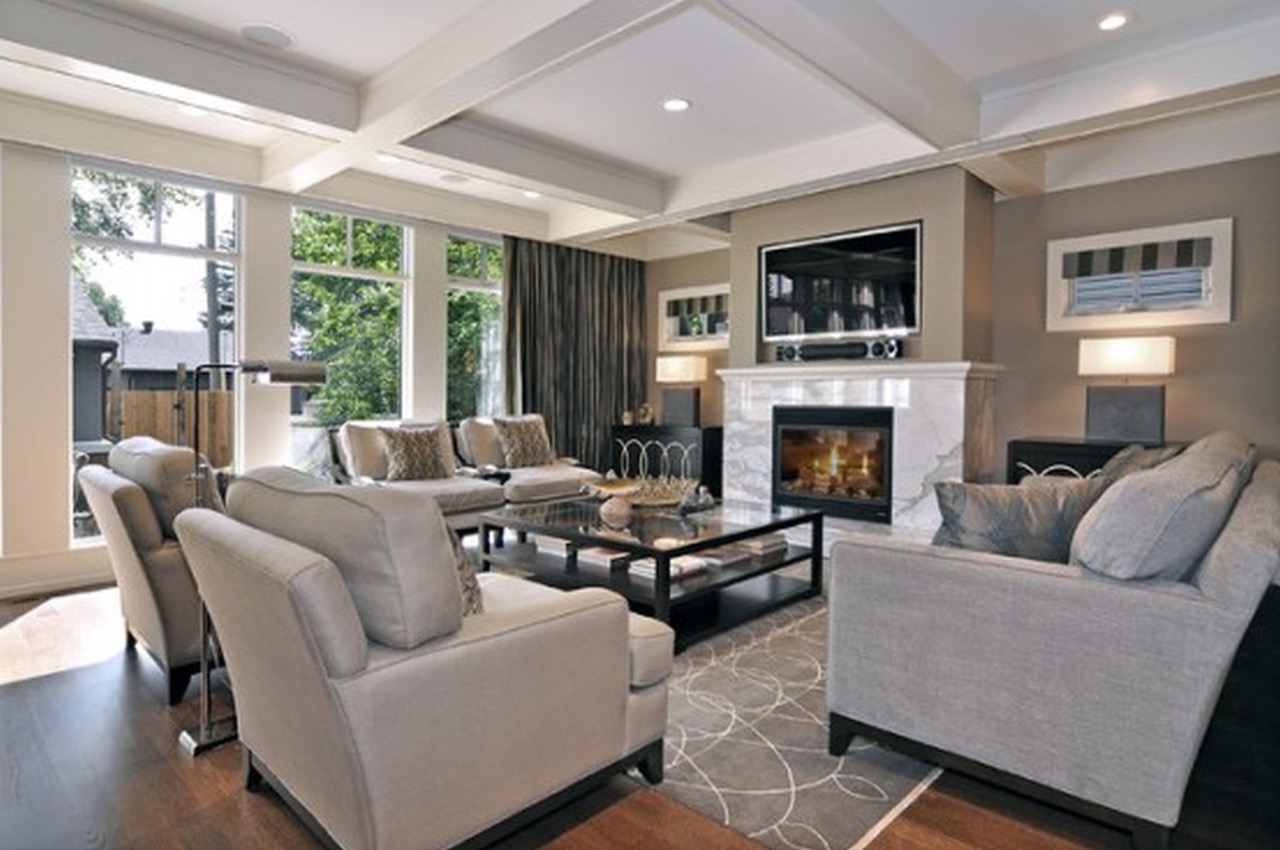 Having both a formal and informal living room allows you to cater to different needs and activities. Formal living rooms are perfect for hosting parties, dinner gatherings, and other special occasions. The elegant and refined atmosphere sets the tone for more formal interactions. On the other hand, informal living rooms are ideal for everyday activities such as watching TV, playing games, or spending quality time with family and friends. They provide a more relaxed setting, where everyone can kick back and feel at ease.
Related Keywords:
house design, living room, function, style, balance, formal, informal, elegance, sophistication, relaxation, entertainment, socializing, lifestyle, preferences, structured layout, symmetry, furniture, decor, casual, comfortable, functionality, special occasions, interactions, everyday activities, relaxed atmosphere, quality time, family, friends.
Having both a formal and informal living room allows you to cater to different needs and activities. Formal living rooms are perfect for hosting parties, dinner gatherings, and other special occasions. The elegant and refined atmosphere sets the tone for more formal interactions. On the other hand, informal living rooms are ideal for everyday activities such as watching TV, playing games, or spending quality time with family and friends. They provide a more relaxed setting, where everyone can kick back and feel at ease.
Related Keywords:
house design, living room, function, style, balance, formal, informal, elegance, sophistication, relaxation, entertainment, socializing, lifestyle, preferences, structured layout, symmetry, furniture, decor, casual, comfortable, functionality, special occasions, interactions, everyday activities, relaxed atmosphere, quality time, family, friends.
Maximizing Space and Functionality
 Another benefit of having both a formal and informal living room is the ability to maximize space and functionality. While formal living rooms are often used for specific purposes, they can also serve as a versatile space for various activities. For example, it can be turned into a home office, a library, or a quiet reading nook. On the other hand, informal living rooms can also double as a guest room or a playroom for children. Having these two distinct spaces allows you to make the most out of your house design and cater to different needs and functions.
Another benefit of having both a formal and informal living room is the ability to maximize space and functionality. While formal living rooms are often used for specific purposes, they can also serve as a versatile space for various activities. For example, it can be turned into a home office, a library, or a quiet reading nook. On the other hand, informal living rooms can also double as a guest room or a playroom for children. Having these two distinct spaces allows you to make the most out of your house design and cater to different needs and functions.
The Best of Both Worlds
 In conclusion, having a formal and informal living room in your house offers the best of both worlds. It allows you to strike a balance between elegance and comfort, formality and relaxation, and functionality and style. Whether you prefer a more formal or casual atmosphere, having both options gives you the opportunity to cater to different needs and activities, making your house a truly versatile and inviting space. So, why choose one when you can have the best of both worlds?
In conclusion, having a formal and informal living room in your house offers the best of both worlds. It allows you to strike a balance between elegance and comfort, formality and relaxation, and functionality and style. Whether you prefer a more formal or casual atmosphere, having both options gives you the opportunity to cater to different needs and activities, making your house a truly versatile and inviting space. So, why choose one when you can have the best of both worlds?
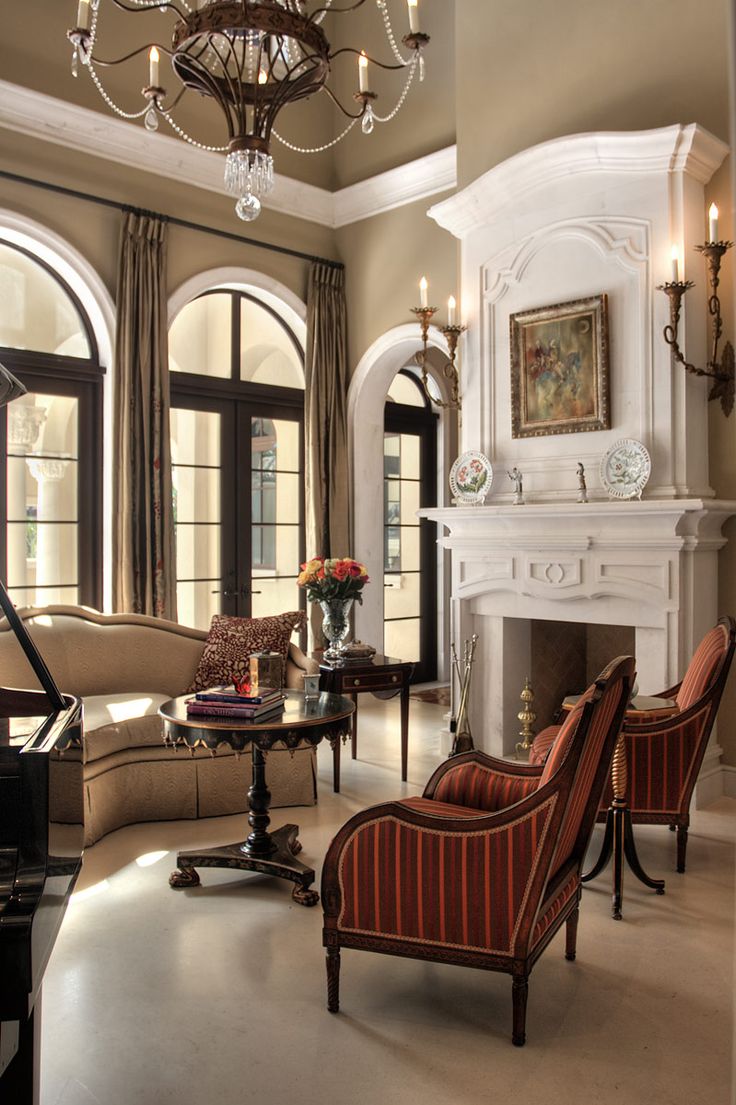


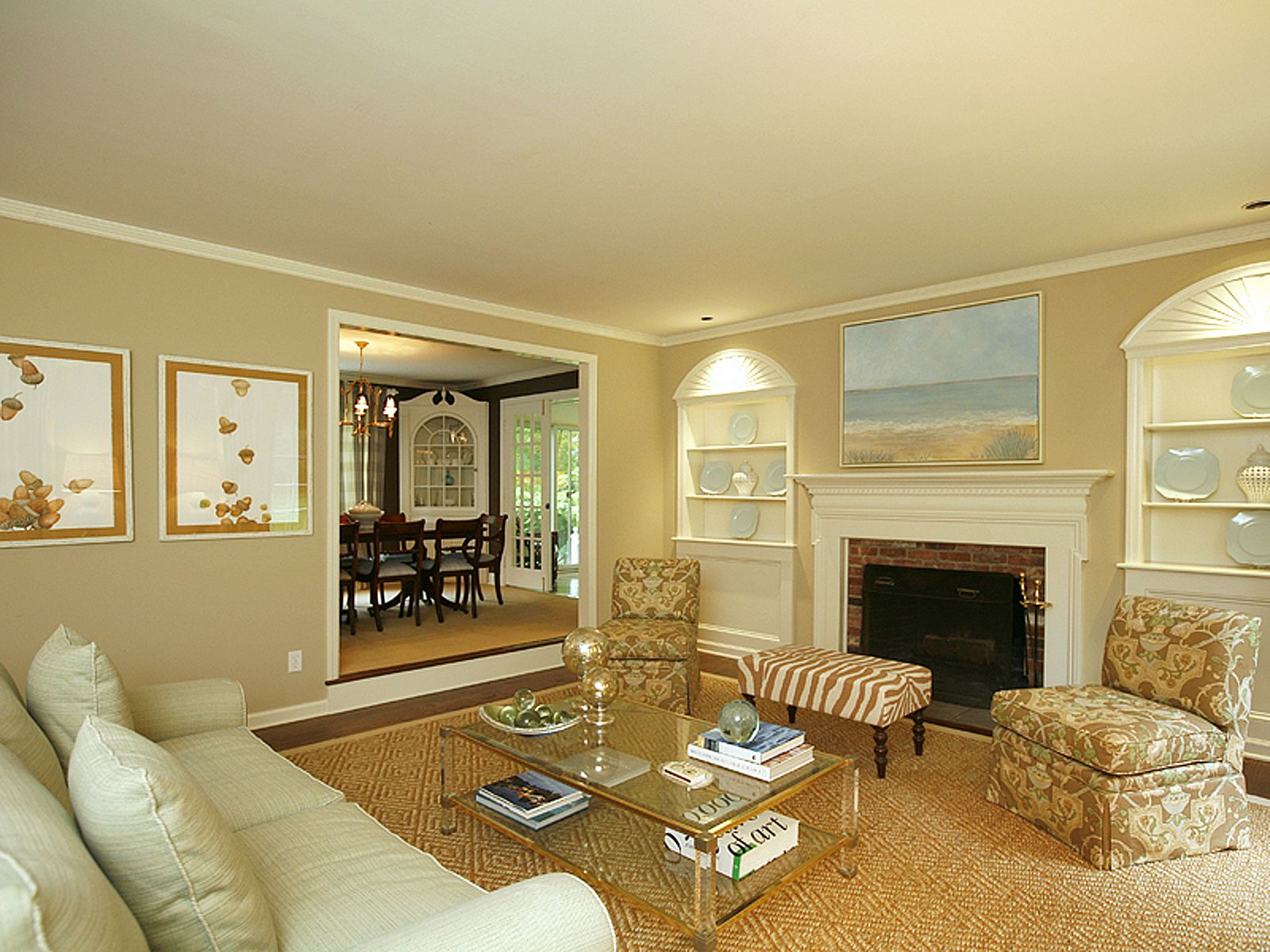
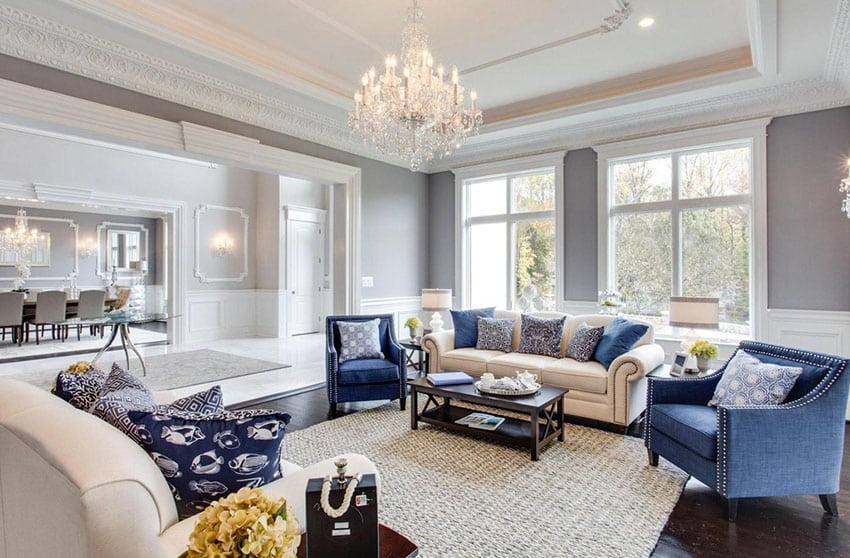
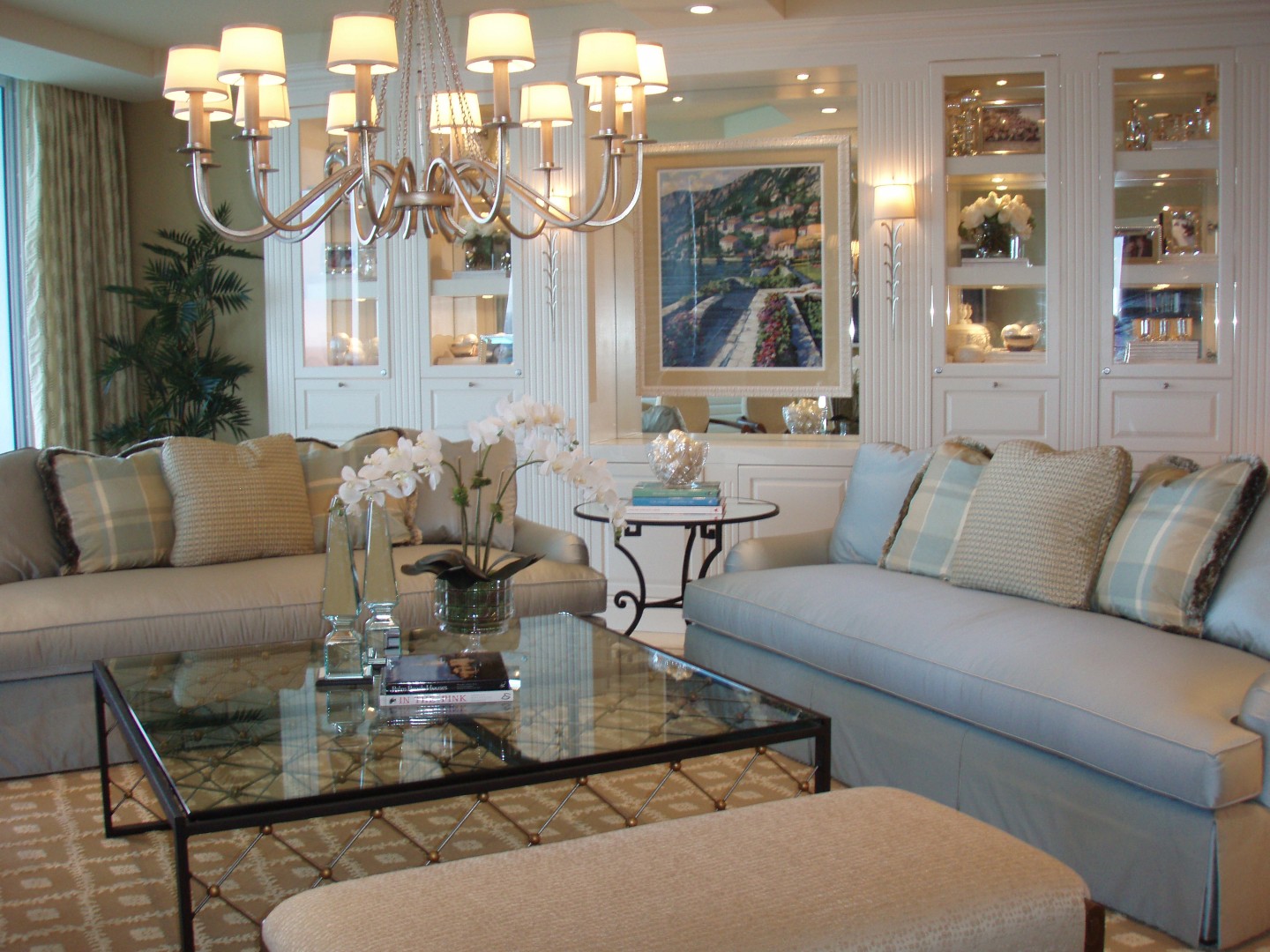
/DesignbyEmilyHendersonDesignPhotographerbyRyanLiebe_21-01b55e98eaa246a1b10472ef3f30c2f7.jpg)
